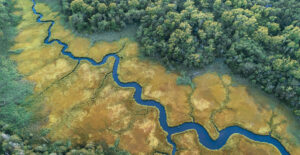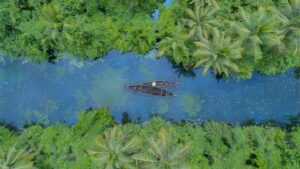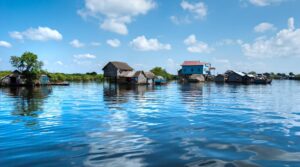Water integrity in Sweden
The levels of sanitation and water services coverage as well as health attainment are low among indigenous peoples. This exclusion from basic service has not been sufficiently studied. The present review has analyzed 185 articles dealing with indigenous peoples and the water, sanitation and hygiene complex.
The literature is dramatically skewed towards water resources, and overwhelmingly focused on conflicts, at the expense of basic sanitation and hygiene. More initiatives towards the acknowledgement of indigenous peoples’ world-views and institutions in all aspects of the water management cycle are needed. To this end, the development of effective intercultural dialogue mechanisms is crucial.
Lesson Learned
- Self-identification as indigenous people at an individual and/or collective level
- Historical continuity in and strong cultural links to specific territories and resources
- Unique social, economic and political systems that are to some degree maintained
- Unique languages, cultures, beliefs and knowledge systems that are to some degree maintained
- Determination to sustain and develop their identity and unique systems as distinct peoples and communities – Being non-dominant groups in society
The denial of water rights and/or the discontinuation of historical water uses constitute everyday forms of discrimination against indigenous groups. Boelens (2008) highlights the enormous impact on the Andean waterscape of thousands of low-profile water struggles, which nonetheless tend to escape public attention. In this vein, other authors suggest that in maintaining their own water culture, indigenous peoples resist the hegemonic discourses of modernization. In doing so, however, “Andean communities also invited their own marginalization from mainstream processes of development” (Vera Delgado & Zwarteveen, 2008, p. 119). Many of the current conflicts and struggles of indigenous peoples over water are related to large-scale or commercial development projects, such as dams and mining. Indigenous peoples have been the main cost bearers of many dam projects, often without consultation or the ability to influence outcomes, or without compensation (Magadza, 2006; Ortolano & Cushing, 2002; Windsor & Mcvey, 2005).



